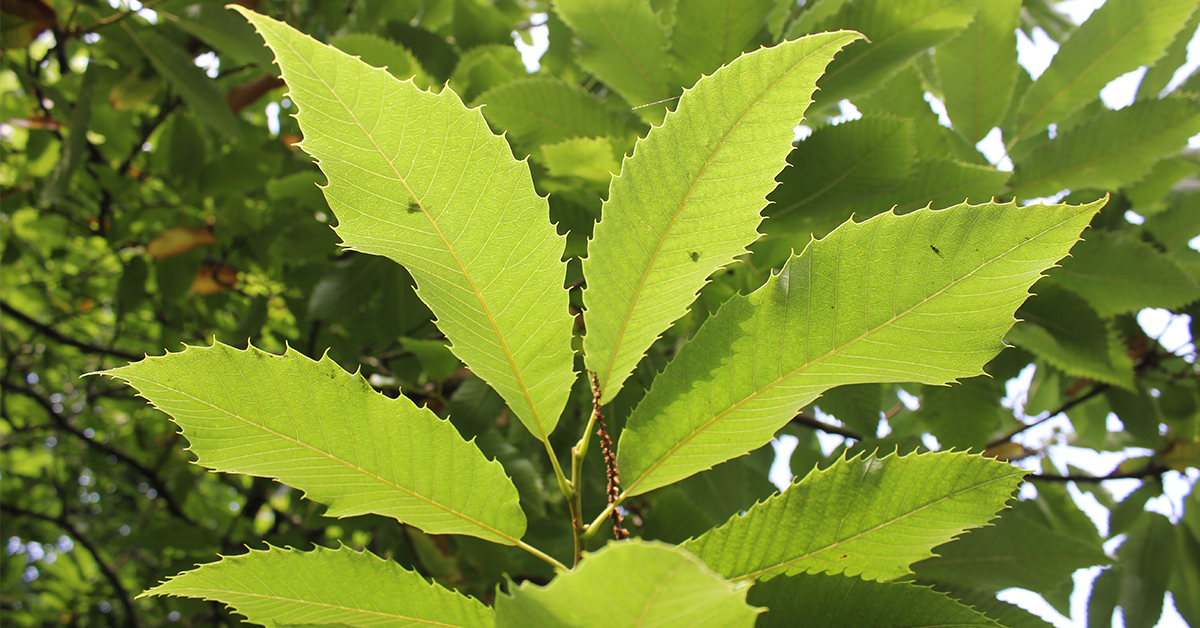Basque ethnography at a glance
The following data have been collected in Busturialdea (Bizkaia); in any case, the described process would likewise be applicable to other regions.
Gaztainea names both chestnut trees and chestnuts, gaztainadia is Basque for chestnut grove, and lokotsa refers to the prickly husk which holds the fruit. Txirpia is the name given to nurseries where young chestnuts and other cultivars are grown.
Two local varieties of chestnut trees have been known: lirio-gaztainak and sanmigel-gaztainak. These chestnut trees grow well in ravines and on slopes. For a good crop of unblemished, shiny chestnuts, trees needed to be grafted (eztitu), otherwise their fruits would be inedible (txikola). The wood of the ungrafted (eztitzaga) chestnut tree would, by contrast, be greatly appreciated for carpentry work and furniture manufacturing. St Michael’s chestnuts bear fruit earlier than the so-called lirio ‘lily’ variety.
The annual chestnut harvest time began on or around the feast of St Michael, 29 September, and lasted until the end of October. Early chestnut (goizetiko gaztainea) varieties were harvested somewhat earlier. Trees were shaken with a hooked pole (kakoa) made from ash wood. And the fallen chestnuts were picked, carried and stored inside their husks, so they lasted longer.
A strip about 4 cm wide and 5 mm thick would be cut out of a chestnut shoot, bent, and fastened tight with string, resulting in a rustic pair of tongs (lokoskia) which served to pick the chestnuts burrs.
The chestnut grove might often have been far from the house, in the woods. Cartfuls (burkadak) of chestnuts were hauled and unloaded close to the farmhouse in a pile (montorra), then covered with livestock bedding (azpigarria) or fern. Provision could be made either from private or communal woodland. And sometimes, even mice approached the heap to chew on the sweet nuts.
Traditionally harvested chestnuts lasted well into the winter. Anyhow, they were meant to be eaten sooner than later, before they would spoil (txikoldu). Come spring, they started to sprout (ernemina emon) and were no longer edible.
Chestnuts were once a staple food in our region and beyond. Moreover, in times of scarcity and hardship it became the sustenance and bread of the poor, especially at dinner. They were occasionally roasted over hot coals in a drum, peeled or unpeeled, having made a cut in the outer shell to keep the nuts from sizzling and crackling. Locally known as gaztaina gorringoak —literally, ‘chestnut buds’—, chestnuts were best eaten freshly roasted, for they go hard. But more frequently, they were boiled for approximately fifteen minutes, being careful not to overcook them, so they would not turn into mash.
Segundo Oar-Arteta – Labayru Fundazioa
Translated by Jaione Bilbao – Ethnography Department – Labayru Fundazioa



